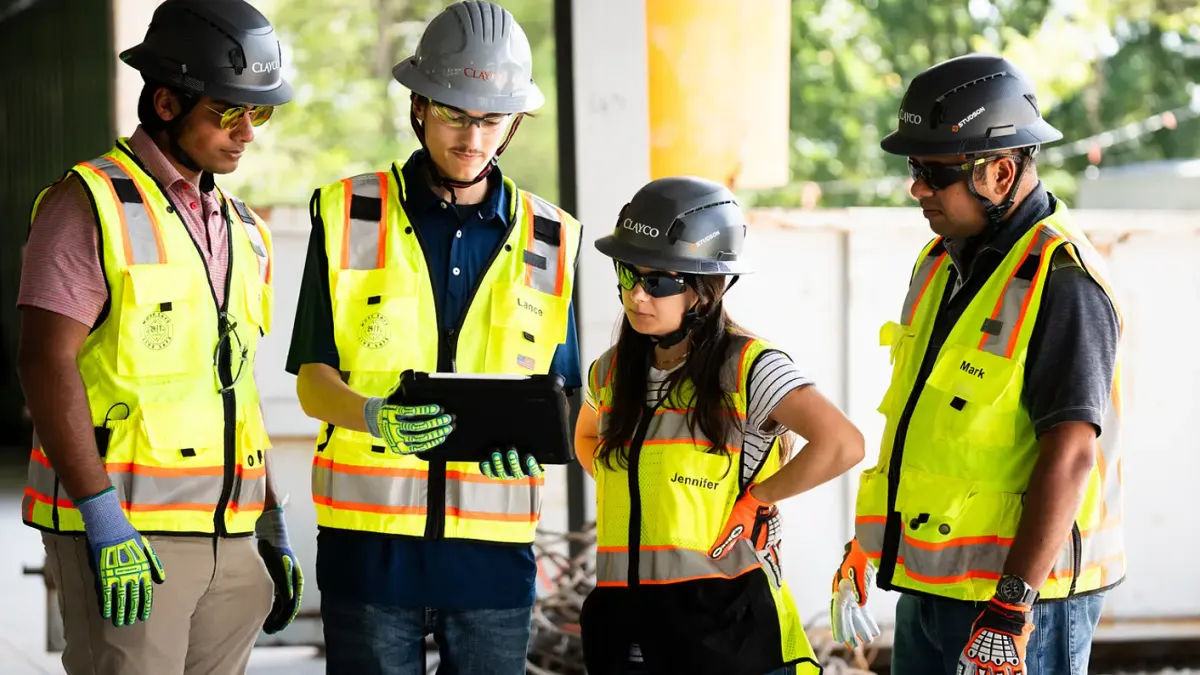Dive Brief:
- The Massachusetts Institute of Technology's Computer Science and Artificial Intelligence Laboratory has developed a wireless alternative to HDMI-cable transfer of virtual reality data to VR headsets like Oculus Rift and the HTC Vive, according to New Atlas.
- Wireless VR has thus far been an insurmountable obstacle as the headsets typically crunch 6G of data per second to provide a seamless, immersive user environment.
- Applications of wireless VR to the job site could still be years away, as the technology demands a clear line of sight to transmit millimeter waves via radio frequency, and would see transmission hindered by topography and infrastructure.
Dive Insight:
While moving virtual reality closer into the wireless realm, technologists at MIT are hoping to both untether the immersive environment from bulky HDMI cables while also advancing the capabilities of millimeter wave radio frequency technology. That’s likely the real news for the AEC sector, which depends on VR primarily for off-site safety training and project stakeholder collaboration, both of which could be accomplished with either corded or cordless visors. Wireless systems would likely be more comfortable and less bulky, but the advancement is more perk than progress for the construction sector.
Millimeter wave transmission, however, promises high-gigabyte wireless data transfer, which could be applied to a wide range of construction sensors, wearables and job site equipment telematics systems. Line of sight challenges would likely need to be resolved to implement millimeter wave transmissions at projects with concrete, steel, or even framed lumber as a transmission barrier. That could happened sooner rather than later as AT&T is already field testing 5G millimeter wave-based systems with Nokia, Samsung, Qualcomm and others.













